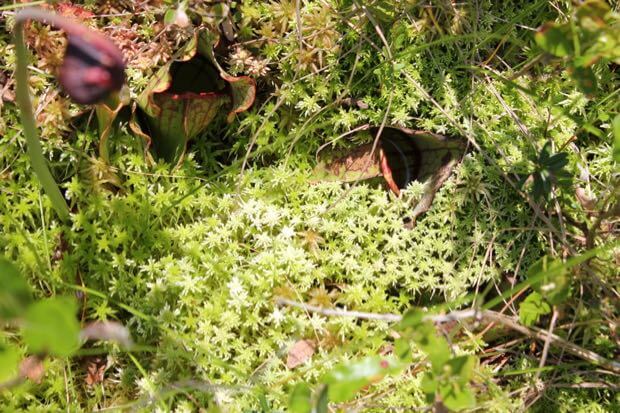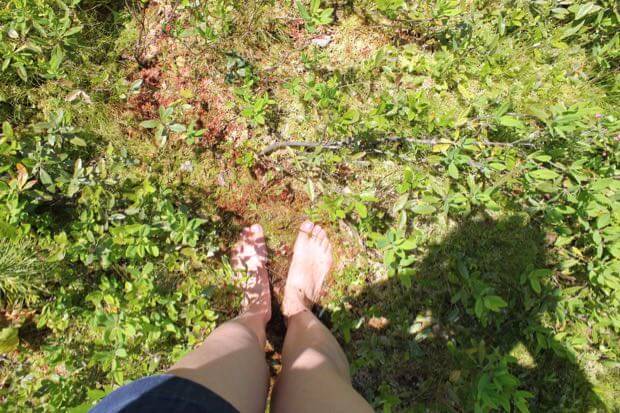Carolyn Summers was my teacher at the Native Plant Center at Westchester Community College and… well, she rocks. She’s gentle, kind and she knows a ton. A pairing of interviews with her and Doug Tallamy felt like a natural way to start the podcast. After all, the word “culture” hearkens back to our oldest forms of gardening, to our cultivation of the land, so what more appropriate way to start thinking about how culture shapes our relationship to the natural world than to look at this tending of plants that puts us directly in touch with nature.
In my conversation with Carolyn, we mention a number of plants you may not be familiar with, so I’m posting pictures and links to help you visualize what we’re talking about. If you’re curious about gardening with native plants and think you might want to give it a go, I suggest you find a local resource – a native plant center, a good nursery or an experienced gardener to help get you started. That said, you can’t go wrong with any of the native plants I highlight here. (If you read ahead, you’ll also find a reading list.)
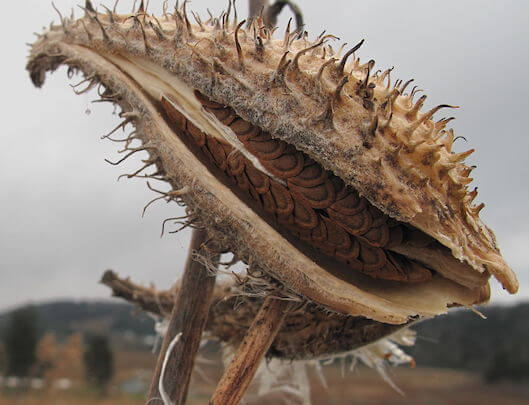
Carolyn talks about how plants were an integral part of her childhood games, a memorable way to encounter and get to know them. One of her favorites was milkweed – the host plant for monarch butterflies. Today, she has milkweed growing wild in the fields at her Flying Trillium Gardens and Preserve in the Catskills.

beautiful structure to the landscape (the best thing is she didn’t even have to plant it)

Carolyn and I discuss the problem of invasive species. A couple of examples we mention are Norway Maple and Lesser Celandine, both of which can easily be confused for their native counterparts.
Norway Maples are beautiful but they do a lot of damage. Their dense canopy – which leaf out earlier than their native counterparts – shades out native seedlings, eliminating some species from the forest altogether.

Lesser Celandine, an invasive species

Marsh Marigold, a native species
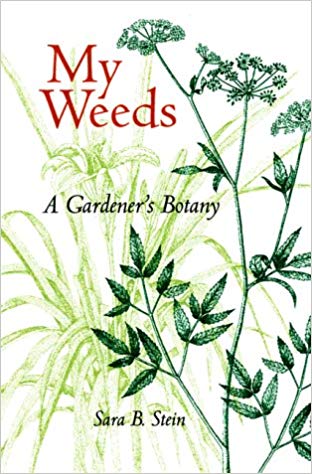
At one point in our conversation, I bring up the distinction between invasive plants and weeds, which is largely a matter of the way we use the words. Still, maybe I’m biased – given the title of my project – but “weeds” certainly sound friendlier than “invasive plants,” with their intimations of the Little Shop of Horrors. Moreover, I find the cultural history of weeds pretty fascinating. Check out Sara Stein’s book for a deeper dive into the topic.
Carolyn and I talk about spring ephemerals, one of my favorite categories of native plants, about some useful native ground covers and about using an English-cottage-garden style with American, pollinator-friendly plants. I’m trying to use this approach in my front yard. What I like best about it is that it calls for lots of flowers massed together in a naturalistic fashion. Some might call it “contained chaos.” Below are a few that work well in this style of garden.

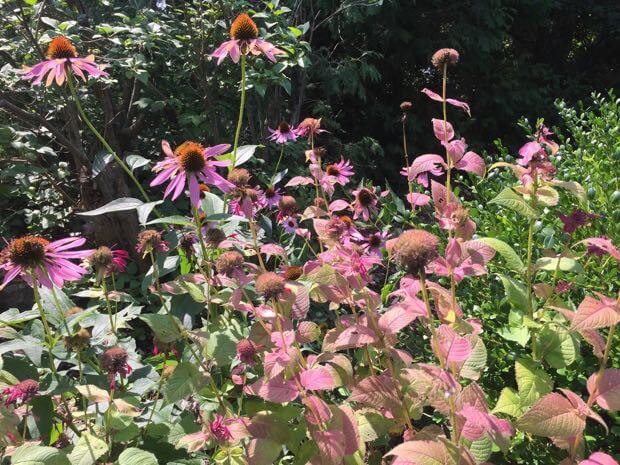

If you’re the kind of person (like me) who turns to books when they want to learn something new, here’s a reading list for you:
Carolyn Summers, Designing Gardens with Flora of the American East
Doug Tallamy, Bringing Nature Home: How You Can Sustain Wildlife with Native Plants
Sara Stein, Noah’s Garden: Restoring the Ecology of Our Own Back Yards
Rick Darke and Doug Tallamy, The Living Landscape: Designing for Beauty and Biodiversity in the Home Garden
Larry Weaner and Thomas Christopher, Garden Revolution: How Our Landscapes Can Be A Source of Environmental Change
Thomas Rainer and Claudia West, Planting in a Post-Wild World: Designing Plant Communities For Resilient Landscapes
Last, but certainly not least, I promised you some pictures of the bog at Flying Trillium Gardens and Preserve. My friend Sonia and I visited recently and we walked barefoot on the sphagnum moss and peered at pitcher plants and sundew and looked for frogs. It was a memorable experience.
